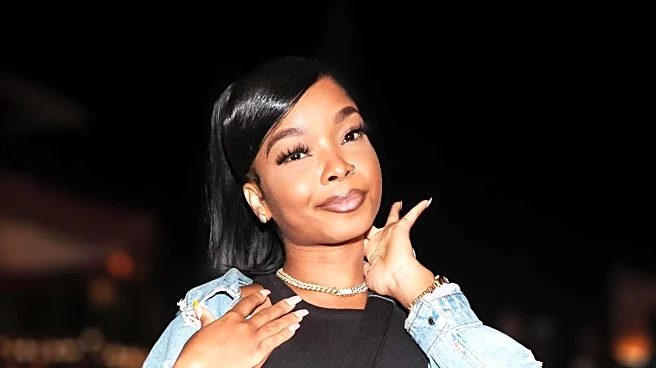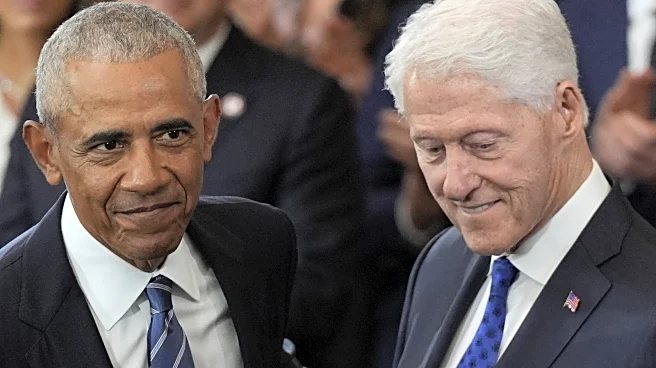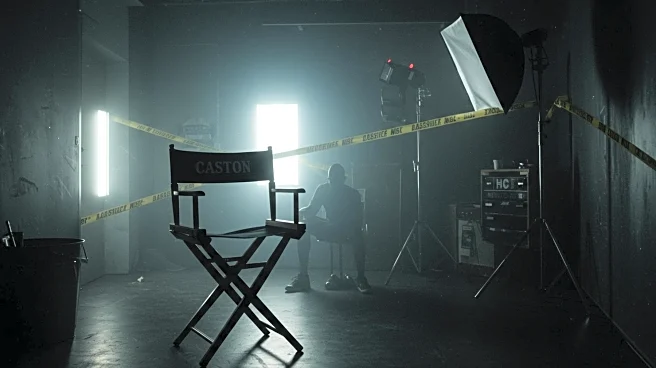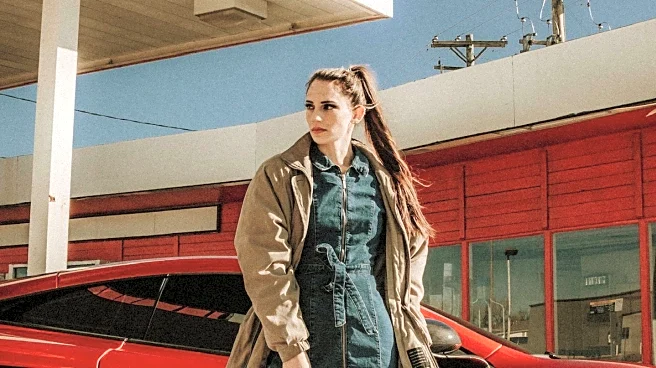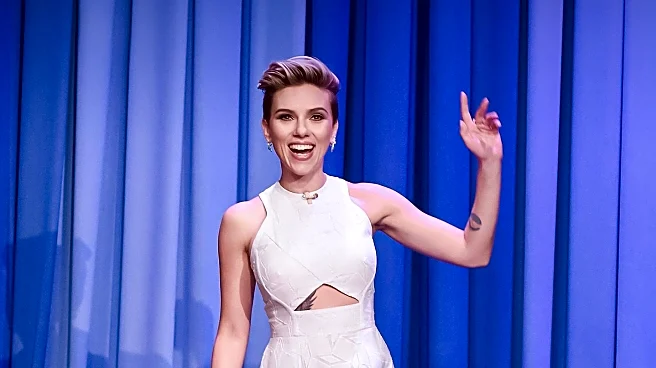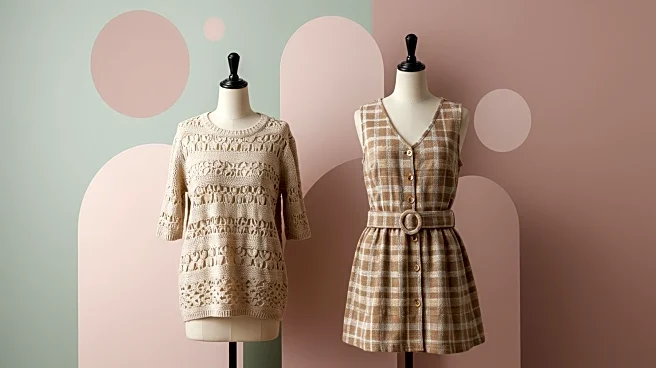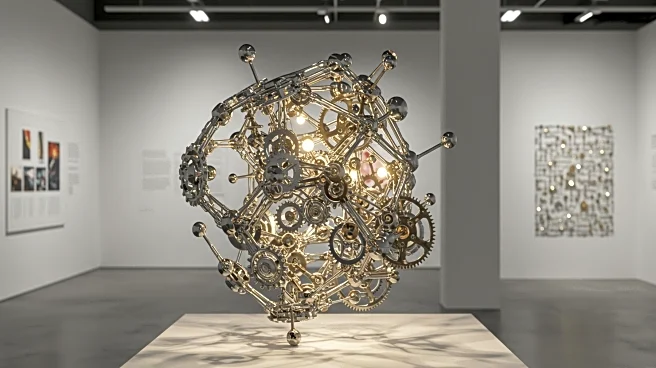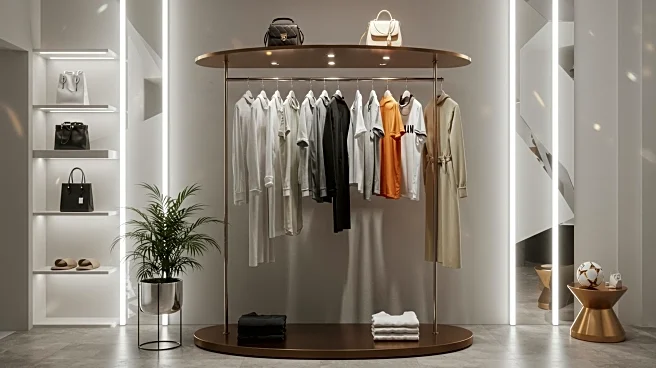What's Happening?
Keke Palmer has introduced a new hairstyle that is set to become a major trend for fall 2025. Palmer, known for her vibrant orange hair, recently showcased an ultra-cropped pixie cut on her Instagram. The hairstyle, featuring a micro fringe, aligns with the '90s trends and is complemented by thin brows, thick lashes, and glossy lips. This look is predicted to gain popularity as it offers a bold yet refined statement, highlighting facial features and bone structure. Jerome Lordet, a New York-based hairstylist, emphasized the simplicity and low maintenance of the pixie cut, making it ideal for the back-to-school season.
Why It's Important?
The introduction of the pixie cut by Keke Palmer could influence fashion and beauty trends significantly, especially as the fall season approaches. This hairstyle offers a practical solution for individuals seeking a stylish yet manageable look, potentially impacting consumer choices in hair salons and beauty products. The trend also reflects a broader cultural shift towards embracing bold and expressive styles, which could influence fashion industry standards and consumer preferences. As celebrities like Camila Mendes and Chappell Roan adopt similar hues, the pixie cut and warm ginger tones may become staples in seasonal fashion.
What's Next?
As the pixie cut gains traction, hairstylists and beauty influencers may begin to offer tutorials and styling tips to cater to the growing interest. Fashion magazines and beauty platforms are likely to feature this trend prominently, encouraging more individuals to experiment with the style. The trend could also lead to increased demand for specific hair products designed to maintain and enhance the pixie cut, influencing market dynamics in the beauty industry.
Beyond the Headlines
The resurgence of the pixie cut highlights a cultural embrace of individuality and self-expression through fashion. This trend may encourage more people to explore unconventional styles, challenging traditional beauty norms. The focus on facial features and bone structure could also inspire discussions on beauty standards and self-image, potentially leading to a more inclusive and diverse representation in media and fashion.


